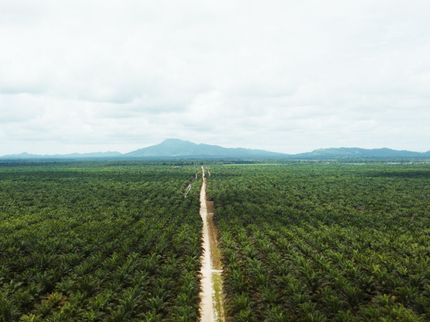World food prices hit new peak
Wheat harvests a factor
World food prices are the highest since July 2011, reflecting in part reduced wheat harvests by major exporters and higher palm oil prices, the United Nations' food agency said Thursday.

Photo by Jimmy Dean on Unsplash
The Rome-based Food and Agriculture Organization (FAO) said international prices of its basket of food commodities rose by 3% in October, for a third straight month of increases.
Reduced harvests by big exporters like Canada, Russia and the United States helped drive up wheat prices by 5%, while the Vegetable Oil Price Index soared by 9.6% in October, hitting an all-time high. Migrant worker shortages in Malaysia were a factor in that increase, FAO said.
Italy, a major exporter as well as consumer of pasta, fears that product's prices could soar in time for year-end holidays. Italy imports about 40% of its durum wheat, with Canada its principle supplier, to help produce its pasta. Experts have said the price of a package of pasta could jump by some 20 euro cents ((almost 24 U.S. cents), which, for many popular brands, could translate into a 15-to-20% increase in a product many Italians consume daily.
The agency's Cereal Price Index rose by 3.2% from September to October. FAO said global cereal inventories "are seen heading for a contraction in 2021/22," according to the agency's forecast. That forecast reflects cuts to the estimates of wheat production in Iran and Turkey as well as the U.S., it said.
Higher costs of energy and supply chain prices have also been cited for the rising food prices consumers are facing.
Most read news
Other news from the department business & finance

Get the food & beverage industry in your inbox
By submitting this form you agree that LUMITOS AG will send you the newsletter(s) selected above by email. Your data will not be passed on to third parties. Your data will be stored and processed in accordance with our data protection regulations. LUMITOS may contact you by email for the purpose of advertising or market and opinion surveys. You can revoke your consent at any time without giving reasons to LUMITOS AG, Ernst-Augustin-Str. 2, 12489 Berlin, Germany or by e-mail at revoke@lumitos.com with effect for the future. In addition, each email contains a link to unsubscribe from the corresponding newsletter.



























































